Applications
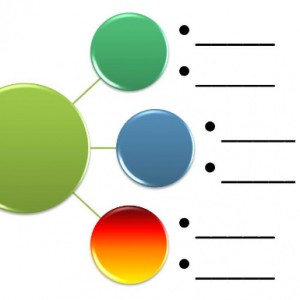
The industry applications for Sonic Cavitation technology are vast. Here we outline just a few.
Desalination
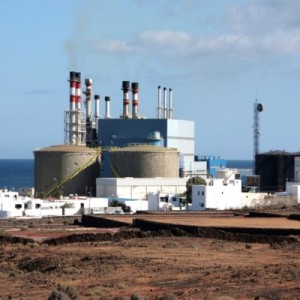
Our DeSal Division will likely be the company’s most profitable industry application. With desalination, not only are the cost savings an attractive benefit to customers, but the size and mobility of our Machines are most prevalent as a benefit. Desalination plants are massive, cost in the neighborhood of a hundred million dollars to get one, and they take years to build and require a significantly sized operational force to run. When it comes right down to it, they’re mammoth eyesores, which are highly impractical for most would-be customers, like seaside communities and resort hotels. Plus they are noisy, and stink.
SonCav is the perfect solution. Our units can be camouflaged, and because Units are ramped together depending upon desired yield, a community’s exact needs would dictate the number of SonCav units required, which in turn significantly reduces costs. At 100KW / hour, our drain on natural resources is at a minimum, and in fact as we produce steam, our Units could eventually become self-sufficient off the grid.
SonCav is very aware of the drought problems in the U.S. We look forward to ideally field testing our first de-sal Units in California.
Hydraulic Fracturing
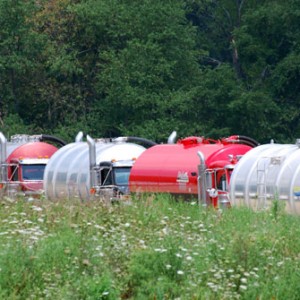
Hydraulic fracturing (current processes of pumping water into the ground, creating necessary pressure for horizontal drilling techniques to aid in yield) requires millions of gallons of water. Shale wells, for example, require from 3 to 7 million gallons per well. The overwhelming majority of wells need to have this water delivered to them (approximately 300 truckloads are needed to deliver a million gallons of water). With transportation costs in mind, the water is reused. Flow back frack water (recovered water) has incredibly high salt concentration (7 to 10 times greater than sea water), as well as multiple other impurities from the shale, on top of additives placed in the water for a variety of production reasons by the mining companies. Frack water is thus highly corrosive, and for obvious reasons can only be reused a certain number of times.
Then the water has to be disposed. More transportation costs, plus major restrictions from environmental laws, and sites must be located that are willing, and able, to accept the contaminated “frack water”. “[I]t takes between 70 billion to 140 billion gallons of water to frack 35,000 [actively fracked] wells a year, the industry’s current pace, according to a 2011 report by the Environmental Protection Agency. Schlumberger predicts that a million new wells will be fracked around the world between now and 2035.” See “Drillers Begin Reusing Frack Water”, The Wall Street Journal, November 20, 2012. The top 10 natural gas companies in the U.S. used an estimated 51 billion 300 million gallons of water for fracking wells in 2011; the industry in total used 2 trillion, 500 billion gallons. Returned water varies greatly by region, but on average one expects 40%. Looking only at the cost for disposal of their average returned wastewater, the Top-10 wrote checks totaling an estimated $4.75 billion; the total industry tab was an estimated $231.25 billion.
SonCav eliminates the need for disposal, given our ability to purify this water to 100% pure H2O on-site. Accordingly we eliminate the need for related hauling / trucking. In doing so, we not only save the industry millions, but we make them better neighbors, addressing the most serious water-related environmental concerns, and greatly reducing transportation related accidents. And as the recovered water is now pure water, it can be reused for the next frack job, meaning some 30% to 50% less water needs to be taken by the industry per frack.
Crude Oil Refining

Why is it that consumers in North Dakota, many of whom have oil wells in their neighborhoods, pay $4 per gallon for gasoline? Although the oil is drilled locally, it must be trucked down to Los Angeles to be refined, then trucked back up to their local gas station. SonCav units can be placed locally to solve that problem. The same technology for Water Units is applicable to Petroleum Units. In fact the first three generational models of this technology were for refining Russian heavy crude, providing all fuel needs for a major chemical plant, as well as Russian military aircraft at a nearby base. These units were mini mobile oil refineries, and refined approximately 12,000 tons of Russian Heavy crude to Benzene, jet-fuel and diesel, as well as tested water treatment. It was during this time that a team of experts from the Southwest Research Institute (San Antonio, TX, USA) independently concluded the Machine worked as presented. They visited Dr. Glotov’s team in Russia, verified the Machine, and collected samples from the feedstock in use during their visit (Western Siberian Crude), and the end product produced by that unit (diesel). Those samples were taken to San Antonio and tested at Southwest’s labs. The conclusions were confirmations of original feedstock and yield product as presented.
And as with desalination, with SonCav there is no need to spend hundreds of millions of dollars on a mammoth structure that will take years to build, pollute tremendously, use incredible amounts of energy, and emit all sorts of toxins, odors, and noise. SonCav Units are mobile, compact, and scalable to the end-clients specific needs.
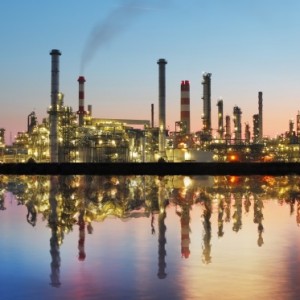
Humanitarian Needs
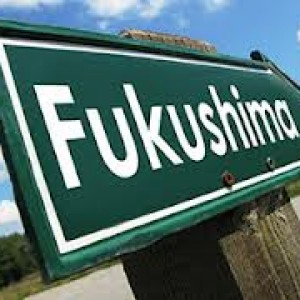
Drought, disaster (natural or man-made), famine, war- water is such a precious need, made even more so when disaster strikes. SonCav Units are mobile, housed in standard shipping containers, and can purify water instantly, producing 100% pure H2O on-site.
Coca-Cola used 8.6 billion gallons of water in 2009, producing just under 50 billion gallons of wastewater, which is 130 million gallons per day. SonCav can allow a company like Coke to say it went from 50 billion gallons of wastewater to a similar quantity of pure water. And like with the frack industry, on top of now being an environmentally sensitive better neighbor, and saving millions in treating the wastewater as compared to current costs, Coke now needs about 50 billion gallons of less new water for the following year, meaning their fresh water bill is considerably smaller by some 35%+. The purity of the Soncav output also has an effect on cost savings to the beverage industry in quality control; SonCav allows them to truly know what every gallon of processed waste water will consist of and taste like, which of course is critical for a beverage company.
Tailings
Tailings is another important industry application for SonCav. Current practices have mining companies pay off-take services to haul away their recovered water. The mining companies know the water contains trace elements of their sought after minerals, but extraction of those minerals from their wastewater is cost prohibitive. SonCav not only cleans the wastewater, eliminating disposal costs and allowing for recycling, but it also separates the valuable minerals, allowing for their recovery.
Many Others
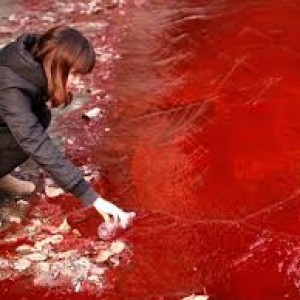
Any industry that uses water has a use, indeed a need, for SonCav technology. Semi-conductors, textiles, cosmetics, pharmaceuticals- they all use significant amounts of water, and are guilty of being major contaminators of local water sources. An estimated 75% of surface water in India is contaminated, due to industry. SonCav can clean that water, and then ensure industry stops the pollution.
In China, 80% of major rivers are so polluted they no longer support aquatic life. Consider the textile industries of China, dumping their dyes right into the local rivers. SonCav can bring those bodies of water back to life.
